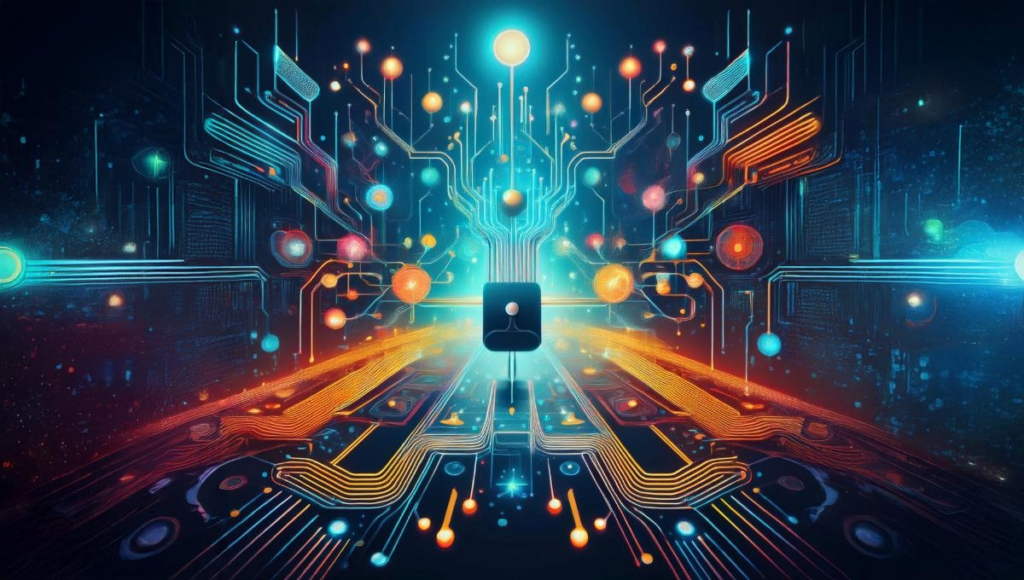Every Monday afternoon, a dedicated group gathers to explore the future of smarter buildings and how their increasing intelligence will shape the industry.
This is the third week of MondayLive! exploring the fascinating world of System of Systems (SoS), and the journey so far has been insightful and thought-provoking. As we delve deeper into this topic, we aim to highlight the crucial aspect of integrating systems when they are already interoperable within an SoS framework.
Understanding the Nuances
The phrase “integrating interoperable systems” might seem contradictory at first glance. After all, if systems are truly interoperable, shouldn’t they seamlessly work together within an SoS without requiring additional integration? While this logic holds, the reality is more complex.
Interoperability ensures that systems can communicate and exchange information, but it doesn’t necessarily guarantee they will work together optimally to achieve a common goal. This is where integration comes in. It’s about orchestrating these interoperable systems, harmonizing their functionalities, and ensuring they work together to deliver the desired outcomes.
The Importance of Actionable Information
One of the critical takeaways from our discussion is the significance of actionable information. In an SoS, the data exchanged between systems should be meaningful and actionable. It should empower the receiving system to perform a specific task or make an informed decision. This principle ensures that data exchange is purposeful and contributes to the overall efficiency of the SoS.
The Evolution of Systems Thinking
We also explored the evolution of systems thinking from standalone products to interconnected systems and ultimately to an SoS. This journey highlighted the growing complexity and the need for a robust framework to manage and optimize interactions within an SoS.
Key Challenges and Learnings
- “Integrating interoperable systems” highlights the need to orchestrate systems that can already communicate, ensuring they work harmoniously within a System of Systems (SoS).
- Actionable information is crucial. Data exchange between systems should be purposeful and empower receiving systems to take action or make informed decisions.
- SoS thinking represents an evolution from standalone products to interconnected systems, demanding a robust framework for managing complex interactions.
- Legacy systems and entrenched mindsets pose significant challenges to achieving interoperability in buildings.
- A standardized communication mechanism and the use of gateways can help normalize data exchange between disparate systems.
- A shift in mindset is necessary to embrace the concept of interoperability and move away from traditional integration approaches.
- Digital twins offer a valuable pathway to achieving interoperability, especially in virtual environments, and can inform the development of interoperable physical systems.
Looking Ahead
As we continue our exploration of SoS, we will delve deeper into practical solutions and strategies for achieving true interoperability. We will examine real-world examples and discuss overcoming the challenges associated with legacy systems and entrenched mindsets.
Join us next week as we continue to unravel the complexities of SoS and explore its transformative potential for the built environment.
- Digital Twin Consortium: This organization, part of the Object Management Group, focuses on the use and development of digital twins.
- Harbor Research: A research and consulting firm specializing in technology innovation and market strategy.
- Linux Foundation: A non-profit technology consortium enabling mass innovation through open source.
This article was composed on Monday Live! Session from Oct 21, 2024, and the assistance of Google Gemini AI



